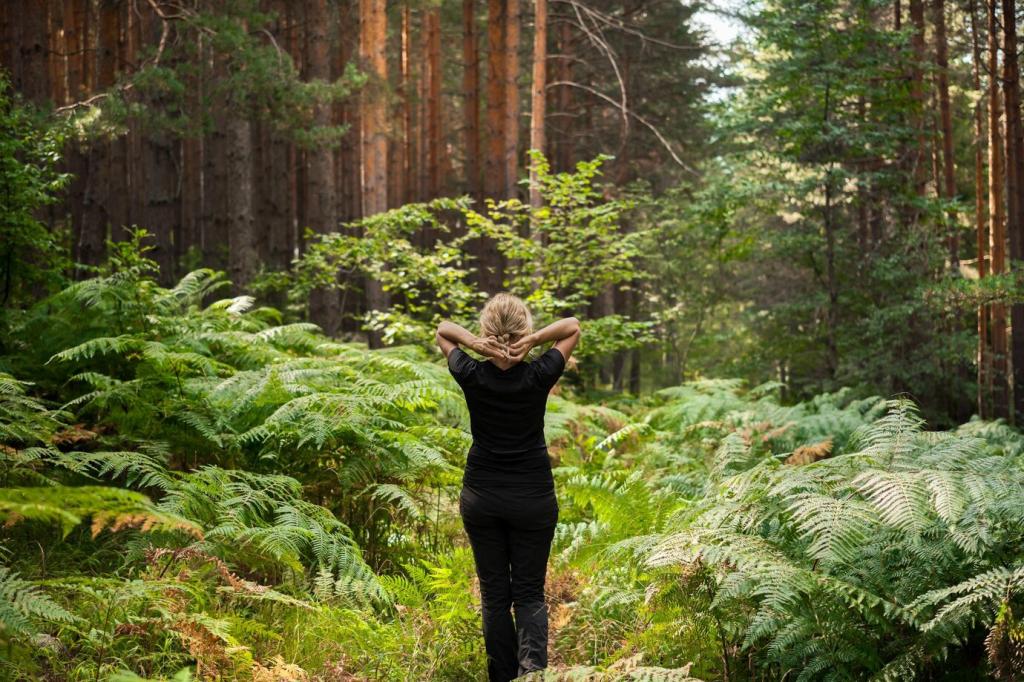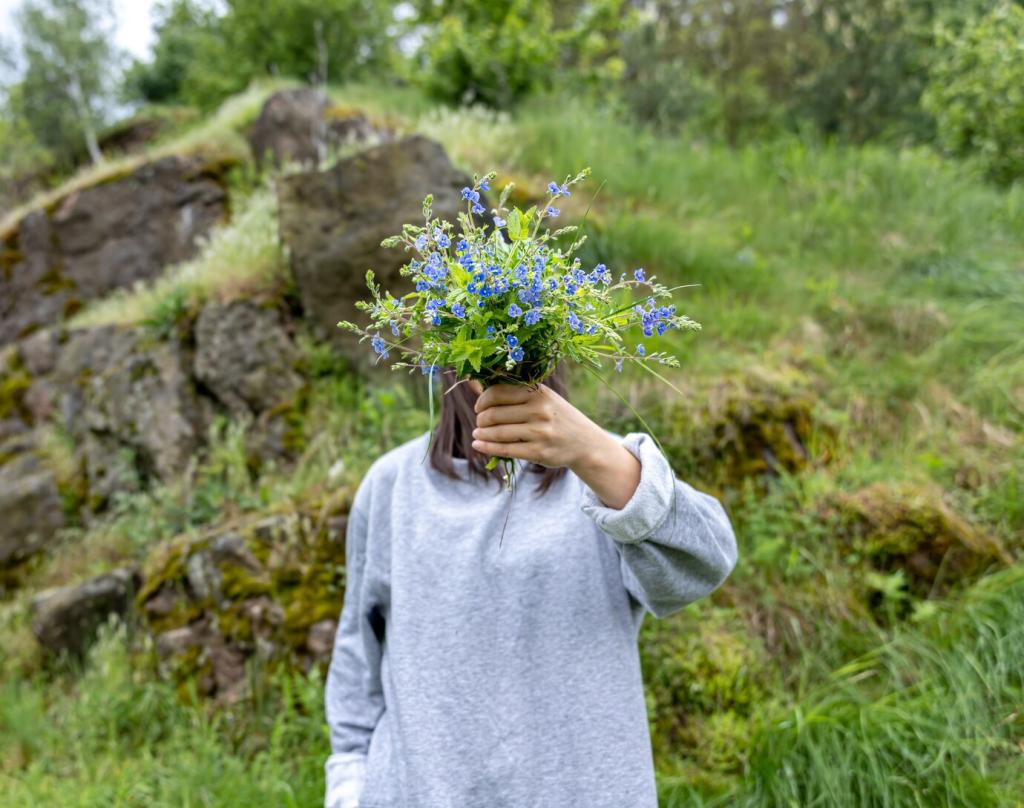Nature as Muse: How Landscapes Shape Iconic Artworks
Chosen theme: Influence of Natural Sceneries in Iconic Artworks. Step into a world where cliffs, gardens, waves, and skies guide the artist’s hand, spark emotion, and leave us forever changed. Join our community, share your reflections, and subscribe for fresh, nature-inspired insights.


Romantic Horizons: Storms, Cliffs, and the Sublime
J. M. W. Turner chased sea squalls and coastal light, translating spray and smoke into luminous storms. In works like Snow Storm, curling clouds and restless waves become protagonists, revealing how raw maritime sceneries push technique, drama, and feeling to their limits.
Romantic Horizons: Storms, Cliffs, and the Sublime
Caspar David Friedrich framed solitary figures before misted peaks to ask spiritual questions nature could answer. In Wanderer above the Sea of Fog, rock and vapor sculpt an inner landscape, turning silence, distance, and altitude into symbols of doubt, wonder, and hope.
Impressionist Light: Rivers, Gardens, and the Hour That Glows
At Giverny, Monet built his subject, then painted it endlessly—lilies, reflections, willow shadows. Natural scenery became a clock for shifting color. Watch how the pond dissolves edges, making a world where water, sky, and brushwork flow into one living, luminous sentence.
Waves and Woodblocks: Coastal Drama in Japanese Masterpieces
Hokusai’s Great Wave, Eternal Motion
In The Great Wave off Kanagawa, nature’s architecture dictates design: a clawing crest frames Mount Fuji like a borrowed window. The sea’s geometry is narrative and metaphor, teaching how a single coastal moment can contain terror, beauty, craft, and timeless cultural memory.
Hiroshige’s Rain and Reflections
Hiroshige’s Sudden Shower turns a bridge into a weather instrument, recording diagonal rain, hurrying figures, and slick water. Coastal humidity becomes a mood, not a backdrop. Notice how the print’s slanting rhythm makes liquid time, inviting viewers to listen with their eyes.
From Shoreline to Sketchbook
Bring a pocket notebook to the coast. Sketch the horizon line three ways: calm, breezy, storm-warned. Note colors, smells, and textures underfoot. Share your pages with our readers, and subscribe for monthly nature prompts that sharpen observation and deepen visual storytelling.
Mountains, Parks, and National Imagination
Albert Bierstadt’s enormous canvases of Yosemite married spectacle to advocacy. Viewers felt they had visited paradise and demanded protection. His sun-struck meadows and vapor-lit cliffs helped inspire preservation, proving that painted scenery can become policy when awe meets a receptive public.
Mountains, Parks, and National Imagination
With The Heart of the Andes, Frederic Edwin Church assembled waterfalls, orchids, and snow peaks into a visionary panorama. Nature’s diversity becomes a cathedral. Visitors reportedly used opera glasses in galleries, reading the painting like terrain, a testament to scenery’s narrative abundance.


Weather as Character: Night Skies, Storm Signs, and Emotional Forecasts
Van Gogh’s Starry Night, Turbulence and Tenderness
Starry Night turns the night sky into spiraling energy, echoing wind patterns scientists later recognized in fluid dynamics. Cypress, village, and hills converse with weather, suggesting how natural motion can carry emotion—restless yet protective, intimate even as it reaches cosmic scale.
Turner to Constable: Reading Clouds
Constable’s cloud studies classify weather with painterly precision, making meteorology a studio companion. Turner’s vapor theatrics push the opposite way, chasing drama. Together they show how skies can serve as both data and theater, shaping narrative, time, and the viewer’s breathing pace.
Storm Playlist for Painting
Curate a playlist that maps weather in art: soft nocturnes for mist, percussion for hail, strings for windbreaks. Paint, journal, or simply look while listening. Share your list with us, and subscribe for seasonal prompts pairing sound, sky, and visual exploration.
Earthworks and Lenses: Contemporary Echoes of Ancient Sceneries
Andy Goldsworthy builds with frost, leaf, tide, and stone, letting weather finish the piece. His circles dissolve and return, teaching patience. Here, scenery is studio and collaborator, reminding us that impermanence can make art feel more alive, attentive, and ethically grounded.
Earthworks and Lenses: Contemporary Echoes of Ancient Sceneries
Holt aligns massive concrete cylinders with solstice light, letting the Great Basin become a cosmic clock. The desert’s silence becomes architecture, turning star patterns into portals. Scenery is not background; it is instrument, score, and stage for time’s luminous performance.


Join our mailing list
